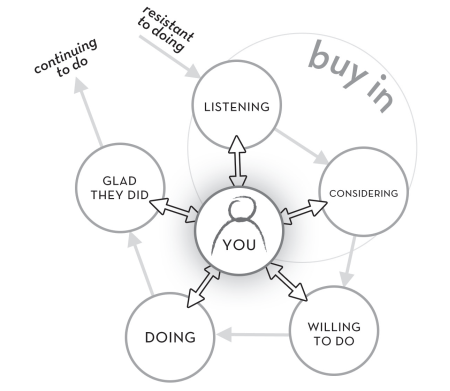The recent sale of Punchh for $500M made a lot of the employees overnight-millionaires. The other founders and I have been flooded with congratulations and questions from colleagues, friends, and hopeful entrepreneurs mostly asking, “How did Punchh succeed where a lot of the competitors didn’t?”
We started Punchh, a loyalty app for restaurants, in 2010. We were going after a huge market – local businesses – but were competing with over 100 other startups many of which were bigger names with a lot more funding.
So why did we succeed?
Three key reasons that helped us reach our semi-unicorn exit were:
- Being frugal
- Relentlessly focusing on the customer’s real problem
- Having the right team
Pinch Those Pennies
We were always frugal at Punchh… always frugal.
I’m not quick to waste money. My friends all know this because, until recently, when we hung out, they’d see me pulling up in my 20-year-old Mercedes. The windows didn’t quite roll all the way up, the AC was always on the fritz, and you practically had to kickstart it. But I didn’t get rid of it until the breaks started to fail and it became dangerous to drive.
That’s a little extreme, but the frugal mentality served us well at Punchh.
We made sacrifices. None of the founders took any pay for three years. While our friends were buying houses, we lived in apartments. I was building an app for restaurants because eating great food at wonderful restaurants is one of my favorite things to do, but I couldn’t even afford to eat out! … for three years!
But this bought us time.
While all of our competitors were focussing on their sales process and gaining market share, we were playing the long game while iterating and trying to solve the tough problem that we knew would give us the edge. We relentlessly focussed on bringing our customers the results they wanted.
Relentlessly Focus on the Customer’s Real Problem
And it was a tough battle.
By 2012, we had our first few pilots live and a few restaurant chains on board – when one of the more data-driven execs called me up and said, “Jitendra, we’ve been looking over the numbers and the app engagement isn’t great. Re-engagement is downright anemic!”
Re-engagement, getting the restaurant’s clientele back onto the app, is the vital element for a loyalty program. So I spent days practically living in the restaurant – keeping an eye out for the app users, and watching what they did… what they didn’t do.
After painstaking detective work, I saw the problem – we didn’t have point-of-sale (POS) integration. The customer had to open the app, manually input the purchase, have the restaurant clerk manually validate it, and then finally get their loyalty points.
The process was broken.
The reason we didn’t have POS integration was that it was a super difficult problem to solve. So difficult, that no one else was even attempting it!
Find a Team that Punches Above Its Weight
I made a lot of mistakes during my time at Punchh, which is an honest part of the startup process, but getting the right team in place allowed us to solve tough problems and scale.
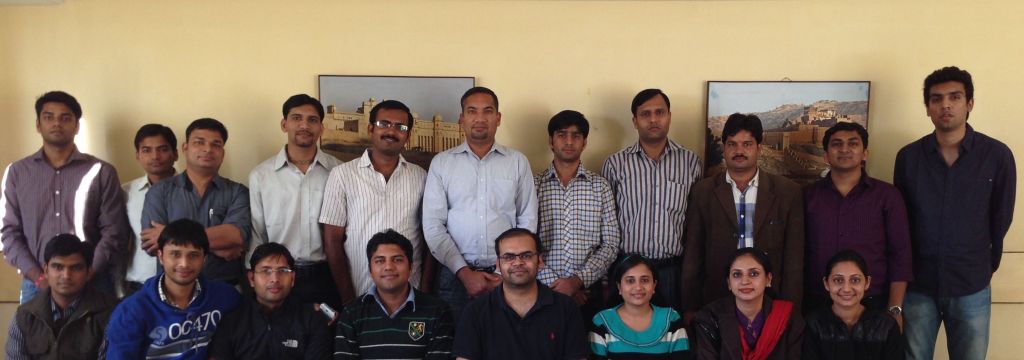
I took this discovery back to the team and the challenges scaring other companies away quickly surfaced: “We can’t integrate with each and every POS system, that’s not scalable,” “These systems are built on Windows 98, integration is going to be such a pain,” “These POS companies are never going to work with us, they’ll see us as a competitor!”
There were much larger, much better-funded teams among our competitors but we were a true team with each of us contributing and filling key skills… we were scrappy.
It took us four weeks to get a working POS system installation but it helped us understand the system inside out. It took another eight weeks to get the first integration code working. Another eight weeks went to design and build the server components to handle the data coming from the POS systems. The only help we could get, when we were learning, was from an obscure bulletin board for POS admins, but we persisted. After five months we finally had something ready for a customer test.
Luckily, we were working with a restaurant chain exec who believed in what we were doing and was patient as we took down their POS again and again – in the middle of the rush period – as we discovered and fixed the issues. (Thank you! You know who you are.)
Finally, we were integrated into one POS system. And that made all the difference.
The app got better engagement, re-engagement numbers jumped up, and we were helping the restaurant chain bring back their customers. We had nailed product-market fit!
After that, we built the app to integrate another POS system. And another. And another. Each new integration brought painful business negotiations and technical challenges. There were countless delays in getting each integration rolled out. But each new integration gave us access to another segment of the market – slowly but surely, with amazing execution by our team, we worked our way to a dominant position in the market.
Meanwhile, the competitors were burning cash. They had started strong and bright but they were now burning out. So while they made quick sales and grew fast, they lost their customers. And Punchh was there, to help those restaurants, gaining market share in the process.
Repeat Playbook
I’m confident in the repeatability of the steps we took to build Punchh because I’m seeing them work again with my new company myYogaTeacher. By focussing relentlessly on the customer experience, while being frugal, our amazing team is helping our students. People with long histories of trying and failing at exercising are building a consistent practice with the help of a live, human teacher.
The key to building a truly valuable business is thinking long-term. Build a relentless team and create a product that solves a real problem for your customers. And in many cases, you can intelligently use frugality to extend your runway and survive long enough to adapt and thrive in the market.

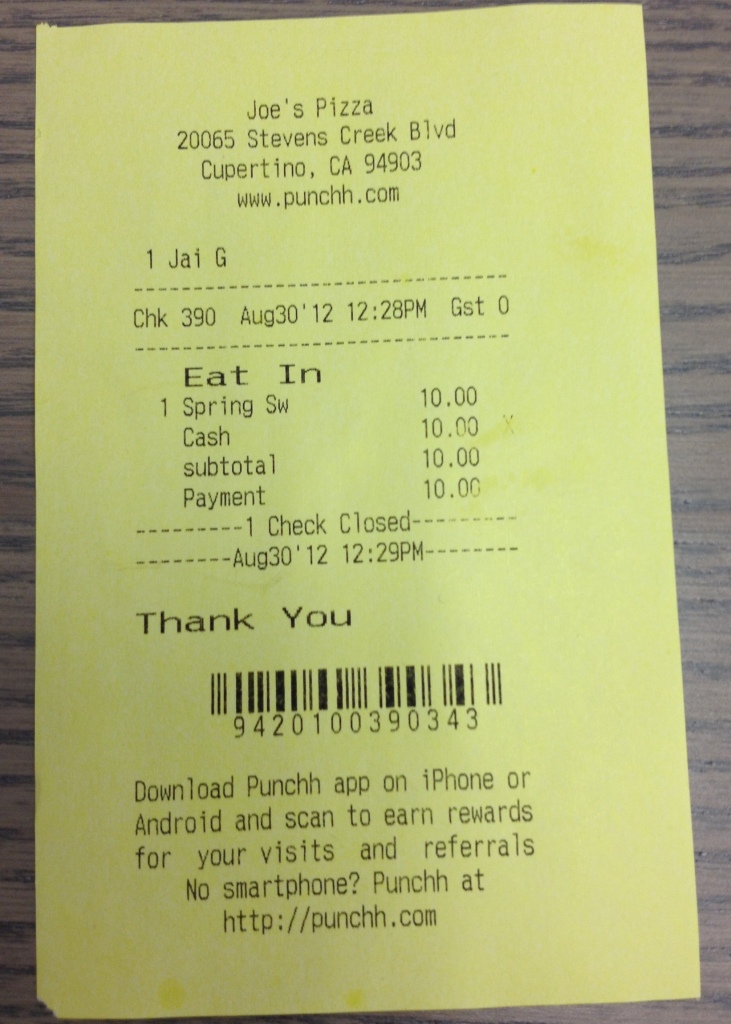

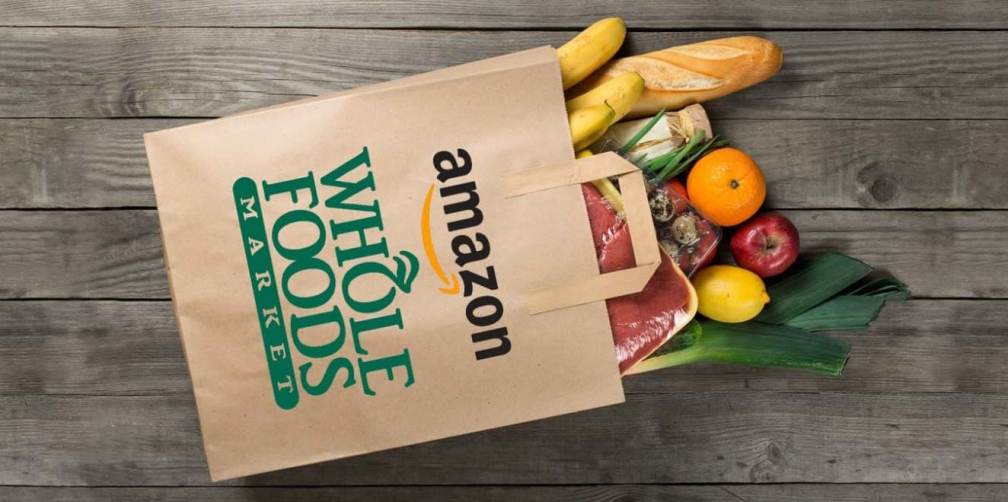
 Socrates explains in his Ship Analogy, comparing the state to a complicated and large ship. In order for the ship to make safe passage it must have an experienced navigator who has knowledge of capacities of the ship, meteorology, water currents, navigational astronomy and the like. An ignorant person would not be able to guarantee safe voyage of the ship, the people in side, and its cargo.
Socrates explains in his Ship Analogy, comparing the state to a complicated and large ship. In order for the ship to make safe passage it must have an experienced navigator who has knowledge of capacities of the ship, meteorology, water currents, navigational astronomy and the like. An ignorant person would not be able to guarantee safe voyage of the ship, the people in side, and its cargo.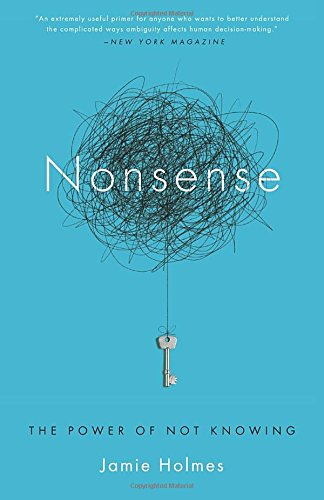


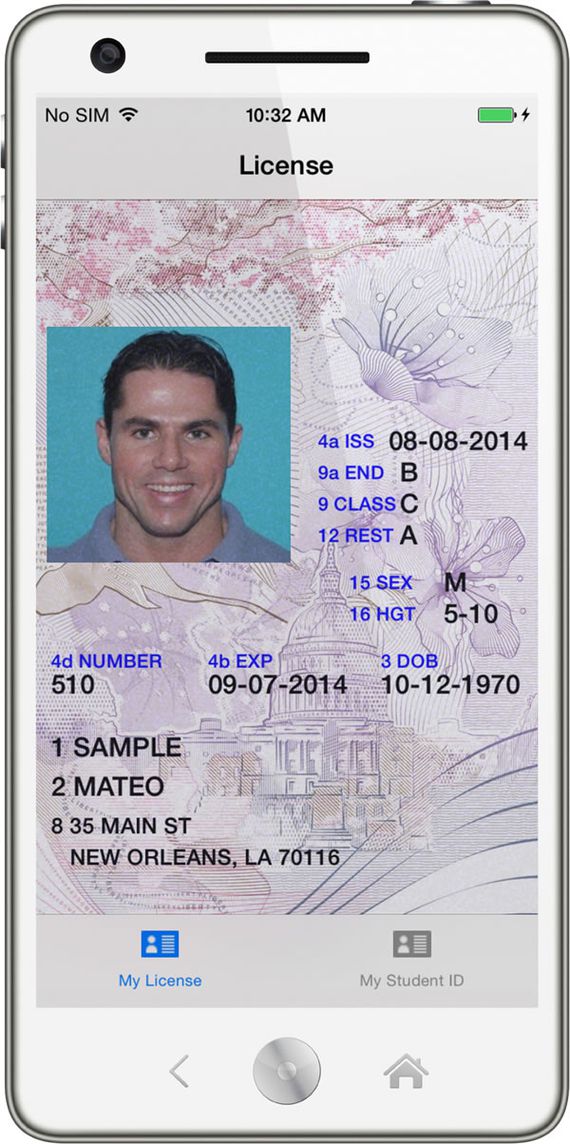 called
called 
